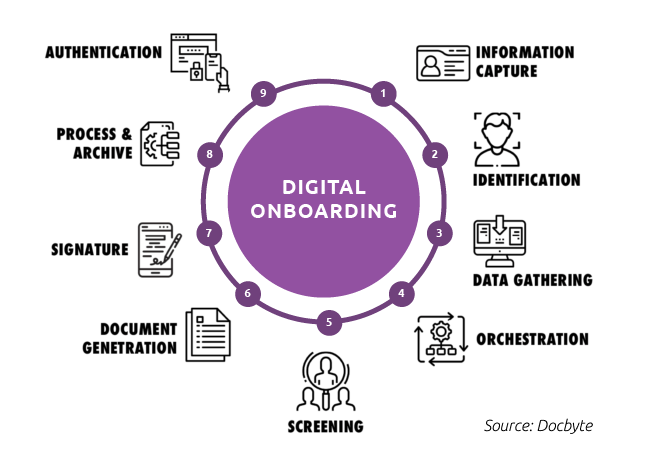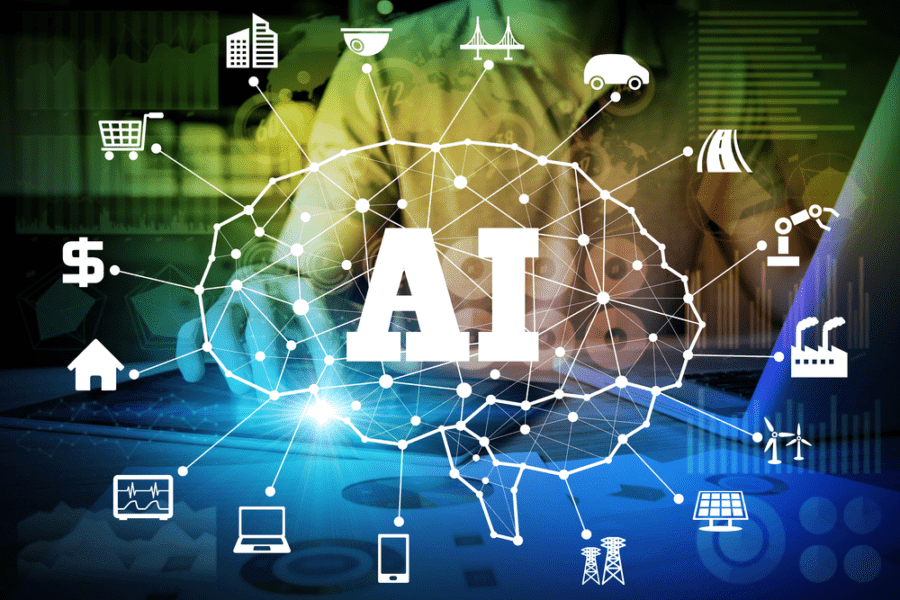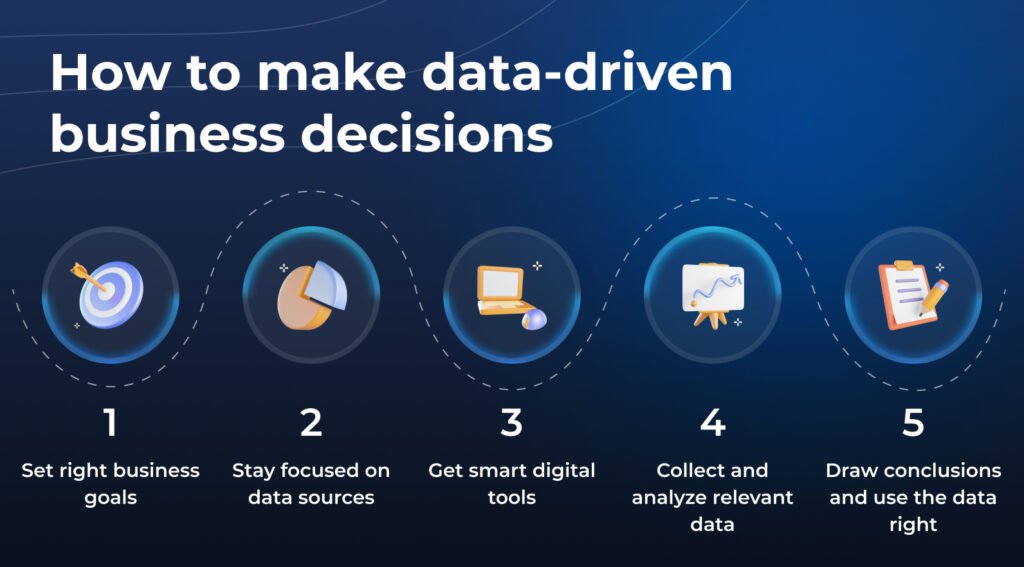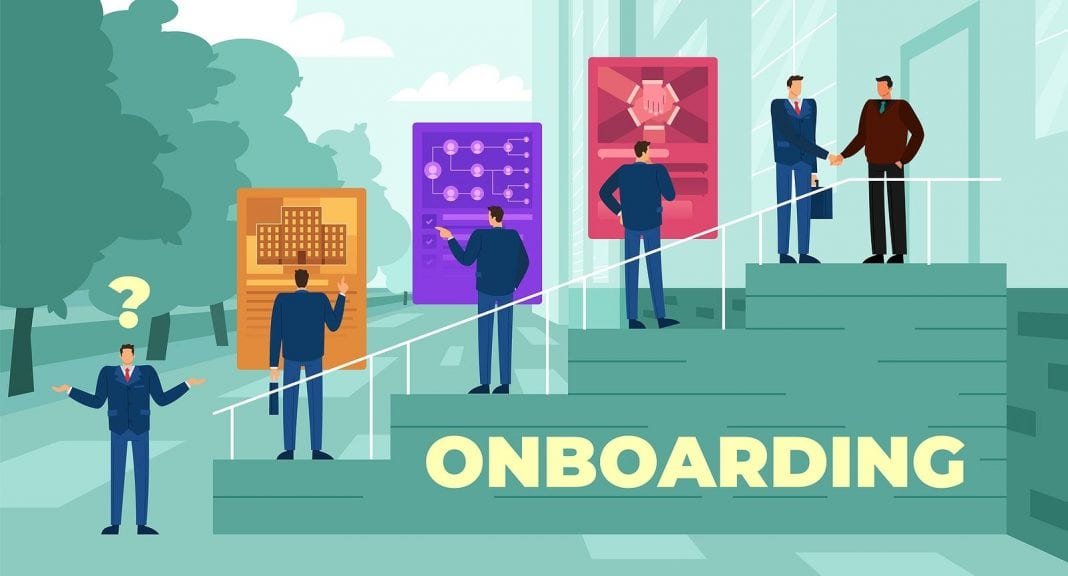On Boarding in the ever-evolving landscape of human resources, technology has become an indispensable tool in modernizing the employee on boarding process. Gone are the days of cumbersome paperwork and manual procedures. Today, organizations are leveraging innovative technologies to streamline and enhance the on boarding experience for new hires. In this comprehensive guide, we’ll explore the role of technology in modern employee on boarding, highlighting key trends and best practices shaping the way organizations welcome and integrate their new employees.

The Evolution of Employee On boarding:
The evolution of employee on boarding has transitioned from paperwork-heavy processes to strategic, holistic approaches. Initially focused on administrative tasks, on boarding now emphasizes engagement and cultural integration. Advancements in technology have led to digital platforms, virtual orientations, and online training modules, enhancing flexibility and scalability. Today, successful on boarding prioritizes personalization and connection, incorporating cultural immersion and mentorship programs. Looking forward, AI, data-driven insights, and remote solutions will likely continue to shape the future of on boarding. Ultimately, the evolution reflects a shift towards employee-centric practices, where organizations prioritize the experience and success of their employees from day one.
Leveraging Digital Platforms for Onboarding:
Leveraging digital platforms for on boarding has become essential in modern workforce management. These platforms offer a centralized hub for new hire documentation, training materials, and communication channels. By utilizing digital platforms, organizations streamline the on boarding process, ensuring consistency and efficiency across departments and locations. Additionally, these platforms facilitate remote on boarding, enabling seamless integration for distributed teams. With features such as automated workflows and personalized on boarding paths, digital platforms enhance the employee experience and set the stage for long-term success within the organization.

Virtual On boarding in the Era of Remote Work:
Virtual on boarding has become imperative in the era of remote work, providing a seamless transition for new hires joining distributed teams. Utilizing video conferencing, online training modules, and digital documentation, virtual on boarding ensures that employees receive necessary information and resources from any location. It fosters connection and engagement by facilitating virtual introductions, team meetings, and social interactions. With the right tools and strategies in place, virtual on boarding enables organizations to onboard new hires effectively while embracing the flexibility of remote work environments.
Mobile-Friendly On boarding Experiences:
Mobile-friendly on boarding experiences cater to the needs of modern employees who rely heavily on mobile devices. By optimizing on boarding materials and platforms for mobile usage, organizations enhance accessibility and convenience for new hires. Mobile-friendly on boarding apps and platforms offer flexibility, allowing employees to complete tasks and access resources on the go. With intuitive interfaces and responsive design, these experiences ensure a seamless transition for new hires, regardless of their location or device preferences.
AI and Automation in Onboarding:
AI and automation are revolutionizing the onboarding process, streamlining administrative tasks and enhancing the employee experience. Chatbots provide instant support to new hires, answering questions and guiding them through the onboarding journey. Automated workflows automate repetitive tasks, such as document processing and approvals, saving time and reducing errors. By leveraging AI and automation, organizations can create a more efficient and personalized onboarding experience, ultimately improving employee engagement and retention.

Gamification and Interactive Learning:
The growing trend of gamified onboarding experiences and their impact on employee engagement and retention.Benefits of incorporating gamification elements, such as quizzes, badges, and leaderboards, into the onboarding process.Case studies highlighting successful gamified onboarding initiatives and their effectiveness in driving learning outcomes and fostering a positive company culture.
Data-Driven Insights for Continuous Improvement:
The importance of data analytics in measuring and optimizing the effectiveness of onboarding programs.Key metrics and KPIs to track during the onboarding process, such as time to productivity, employee satisfaction scores, and retention rates.Strategies for leveraging data insights to identify areas for improvement and iteratively enhance the onboarding experience over time.
Data-driven insights play a vital role in optimizing the onboarding process for continuous improvement. By tracking key metrics such as time to productivity, retention rates, and employee satisfaction scores, organizations can identify areas of strength and areas for enhancement. These insights inform iterative adjustments to the onboarding experience, ensuring it remains effective and aligned with organizational goals. Through data-driven analysis, organizations can drive ongoing improvements that enhance employee engagement, performance, and retention.

Ensuring Compliance and Security:
Considerations for maintaining compliance with regulatory requirements and data security standards throughout the onboarding process.The role of technology in facilitating secure document management, identity verification, and compliance training for new hires.Best practices for safeguarding sensitive employee information and mitigating risks associated with remote onboarding and digital documentation.
Ensuring compliance and security throughout the onboarding process is paramount for protecting sensitive employee information and maintaining regulatory standards. Utilizing technology, organizations implement secure document management systems and identity verification protocols to safeguard data. Compliance training modules educate new hires on company policies and industry regulations, mitigating risks. By prioritizing compliance and security measures, organizations instill trust and confidence in employees while minimizing legal and reputational liabilities associated with data breaches or non-compliance.
Conclusion:
Technology has revolutionized the employee onboarding process, enabling organizations to create seamless, efficient, and engaging experiences for new hires. By embracing innovative technologies and adopting best practices, organizations can set their employees up for success from day one, driving higher levels of engagement, productivity, and retention in today’s competitive business landscape. As technology continues to evolve, so too will the role it plays in shaping the future of employee onboarding, paving the way for even greater advancements in the years to come.



Leave a Reply